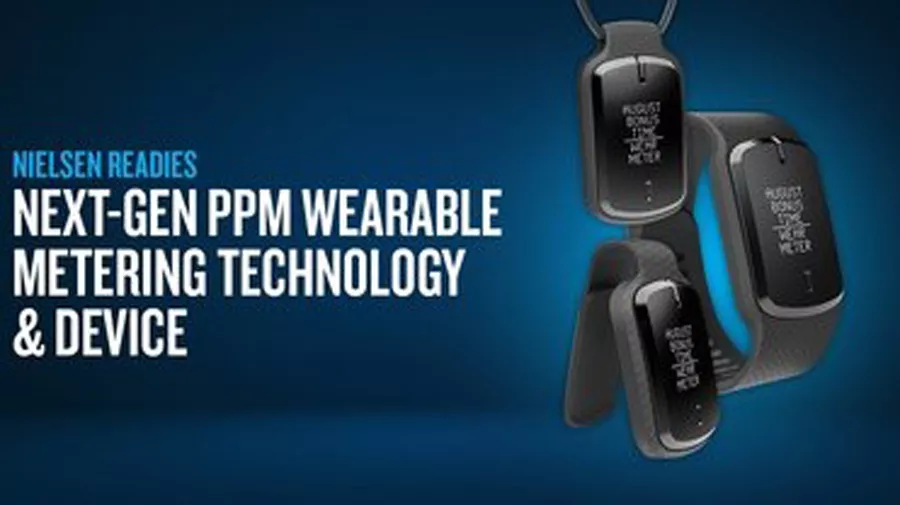NIELSEN’S RIVALS REACT TO JOINT INDUSTRY COMMITTEE PLAN
The audience measurement companies looking to offer alternatives to Nielsen were mostly supportive of the move by major programmers to create a joint industry committee that will standardize and design multiple currencies for buying and selling advertising.

Nielsen has long dominated the measurement business and a new group could be a step towards putting providers on a more equal footing.
“We’re very supportive of the newly formed JIC as it represents clients we’re all actively working with to accelerate the adoption of new currencies,“ VideoAmp president Michael Parkes said. “The committee’s goal to increase collaboration is directly aligned with our own mission to increase the value of advertising. We look forward to what this means for the acceleration of new currency implementation at scale across the industry.“
Ashwin Navin, co-founder and CEO of Samba TV, also said the JIC would help the industry deal with more complicated viewer behaviors and new demands from media buyers and advertisers.
“It has long been clear that the U.S. model of a single measurement monopoly would not be able to keep pace with the rapid state of change in viewing behavior we are experiencing today and that it would ultimately fail to provide the kind of diversity and accuracy in measurement that media buyers are demanding,” Navin said.
“This news is a critical step towards a multi-currency world where the industry is empowered to adopt the data and technology it needs to develop advanced and transparent methodologies for measurement versus the legacy black-box tools we have been confined to for decades,“ he continued. “This is a great moment for publishers who will have full transparency into the value of their programming, for advertisers who will be empowered to go beyond legacy models from two generations ago that no longer make sense in today’s diverse audience and programming world, and for consumers who will now have far more advanced tools measuring their attention providing better insights to guide content investments.
“One of the biggest challenges of the legacy approach to measurement today is the one-size-fits-all approach, which may have made sense a half-century ago but frankly makes no sense in today’s incredibly diverse and fragmented media landscape,“ Navin said. “A program that attracts a highly diverse or hard-to-reach audience, for example, but ultimately captures a smaller overall share of attention of a mainstream program, could be canceled under the existing legacy model. By embracing new and innovative methods that go well beyond the simple age and gender metrics that have guided the industry for decades, and empower advertisers and programmers to truly understand who their audiences are and their real value, we will enable creators to continue to think outside the box in the development of incredibly diverse and entertaining content.”
As for Nielsen, it didn’t seem to object to the formation of the JIC, even though it appeared to be designed to reduce its dominance.
“We appreciate working with all the industry bodies vested in the best way to measure the changing audience and providing fidelity and trust between advertisers, agencies, publishers and platforms,“ Nielsen said. “We continue to believe it is critical to have measurement that is transparent, consistent, auditable and independent.”
iSpot.TV, another company leading the charge to provide an alternative to Nielsen, wanted more specifics on the JIC plan.
“While iSpot awaits details on how to participate in the certification process, as careful stewards of second-by-second ad measurement for hundreds of brands and partners to all TV networks, we can already confirm iSpot will invest in deepening its relationships with all parties involved,” the company said in a blog post.
“The coordination from programmers/publishers represents a good opportunity for the buy and sell side to focus on a common language and set of specifications to bring greater transparency and actionability to premium video,“ iSpot continued.
“We believe standards can enable brands to transact on TV and streaming using the metrics they know and trust, while reducing the amount of guesswork and layers of translation that can slow down all sides of the equation.
“With all the fragmentation brought on by streaming and an explosion of consumer choice, brands need a unified view of TV advertising and an ability to invest in a way that suits their goals. That means the ability to measure streaming and traditional TV together — and the ability to toggle between advanced audiences and broad demographics across both linear and streaming. Networks agreeing to coordinate around premium video standards provides a pathway for optimized spending for brands and cuts down on wasted time, money and opportunities during critical campaign cycles,“ iSpot said.
“As we continue our work as the new currency built for brands, we know the transformation to new systems is a process,“ iSpot said. “Hopefully, through a coordinated approach, networks just made your job as a marketer a bit easier.”
Comscore seemed to be more enthusiastic about the JIC announcement.
“Comscore congratulates OpenAP, the VAB and its network programmer partners on this initiative. Comscore has long supported our industry partners in their quest for new television and cross-platform currency, and this initiative will definitely foster a future with greater measurement competition, inclusivity and innovation,“ Comscore said. “We look forward to our continued leadership in cross-platform measurement and supporting all of our client’s business intelligence needs.”
courtesyofnexttv.com





